El mensaje de que las grasas saturadas son el demonio es un argumento que nos llevan vendiendo mucho tiempo sociedades «científicas» respaldadas por patrocinadores interesados en perpetuar este mito.
Por desgracia, y pese a la gran evidencia científica (abajo las fuentes) que demuestra que las grasas saturadas no son malas, hoy en día las cosas no han cambiado mucho: se siguen recomendando dietas bajas en grasa, lácteos desnatados, carne magra y productos light o 0%. Lo cierto es que ha sido una de las estrategias comerciales en alimentación más productiva. Y lo demuestra tanto la cantidad ingente de esos productos que vemos en las estanterías de los supermercados como los repetidos bombardeos publicitarios que los promocionan.
Así que no tengas miedo. Si te gustan y no te sientan mal, sigue consumiendo lácteos enteros, cacao y chocolate negro (+85%), coco y aceite de coco virgen extra, carne sin procesar, etc.
En un artículo muy completo y bien documentado publicado en Dietistas Sin Patrocinadores, Rubén Murcia, dietista-nutricionista, hace un excelente repaso de las pruebas científicas acerca del consumo de grasas saturadas. O, como dice la dietista-nutricionista Lucía Redondo, «mejor aún de los ALIMENTOS ricos en grasas saturadas. Porque lo que comemos son alimentos, ¡no nutrientes!»
Por si aún tenéis dudas, en este otro artículo, Sergio Espinar, licenciado en Farmacia y Nutrición, nos explica los beneficios del coco, una fruta con un 30% de grasa, en su práctica totalidad grasas saturadas.
Creo profundamente que lo importante es la calidad de los alimentos. Da igual que se llamen aceite de coco virgen, cacao puro, leche entera o carne.
¿Tú qué opinas? ¿Te animas a dejar, por ejemplo, yogures desnatados a los que para compensar la falta de grasa se les añade azúcar o edulcorantes?
Come alimentos; no comestibles.
Y si quieres profundizar más en una alimentación rica en grasas de calidad buena para tu salud y tu pérdida de peso, no te pierdas este artículo sobre la dieta cetogénica.
FUENTES
-
Qin LQ, Xu JY, Han SF, Zhang Zl, Zhao YY & Szeto IM. (2015) Dairy consumption and risk of cariovascular disease: an updated meta-analysis of prospective chort studies. Asia Pac J clin Nutr. 24(1):90-100.
-
Hu D, Huang J, Wang Y, Zhang D & Qu Y. (2014). Dairy foods and risk of stroke: a meta-analysis of prospective cohort studies. Nutr Metab Cariovasc Dis. 24(5):460-9.
-
Benatar JR, Sidhu K & Stewart RA. (2013). Effects of high and low fat dairy food on cardio-metabolic risk factors: a meta-analysis of randomized studies. PLoS One. 11;8(10):e76480.
-
Soedamah-Muthu SS, Verberne LD, Ding EL, Engberink MF & Geleijnse JM. (2012). Dairy consumption and incidence of hypertension: a dose-response meta-analysis of prospective cohort studies. Hypertension. 60(5):1131-7.
-
Ralston RA, Lee JH, Truby H, Palermo CE & Walker KZ. (2012). A systematic review and meta-analysis of elevated blood pressure and consumption of dairy foods. J Hum Hypertens. 26(1):3-13.
-
Soedamah-Muthu SS, Ding EL, Al-Delaimy WK, Hu FB, Engberink MF, Willet WC et al. (2011). Milk and dairy consumption and incidence of cardiovascular diseases and all-cause mortality: dose-response meta-analysis of prospective cohort studies. Am J Clin Nutr. 93(1):158.71.
-
Aune D, Navarro Rosenblatt DA, Chan DS, Vieira AR, Vieira R, Greenwood DC, et al. (2015). Dairy products, calcium, and prostate cancer risk: a systematic review and meta-analysis of cohort studies. Am J Clin Nutr. 101(1):87-117.
-
Elwood PC, Pickering JE, Hughes J, Fehily AM & Ness AR. (2004). Milk drinking, ischaemic heart disease and ischaemic stroke II. Evidence from cohort studies. Eur J Clin Nutr. 58(5):718-24.
-
Todo lo que necesitas saber sobre el chocolate [Internet]. Oncina-Cánovas A. (2015). Disponible en: https://palmerasdefruta.wordpress.com/2015/07/17/todo-lo-que-necesitas-saber-sobre-el-chocolate/
-
Zhang Z, Xu G & Liu X. (2013). Chocolate intake reduces risk of cardiovascular disease: Evidence from 10 observational studies. Int J Cardiol. 168(6):5448-50.
-
Larsson SC, Virtamo J & Wolk A. (2012). Chocolate consumption and risk of stroke: a prospective cohort of men and meta-analysis. Neurology. 79(12):1223-9.
-
Ried K, Sullivan TR, Fakler P, Frank OR & Stocks NP. Effect of cocoa on blood pressure. En Cochrane Database Syst Rev. (2012).15;(8).
-
Hooper L, Kay C, Abdelhamid A, Kroon PA, Cohn JS, Rimm EB et al. (2012). Effects of chocolate, cocoa, and flavan-3-ols on cardiovascular health: a systematic review and meta-analysis of randomized trials. Am J Clin Nutr. 95(3):740-51.
-
Tokede OA, Gaziano JM & Djoussé L. (2011). Effects of cocoa products/dark chocolate on serum lipids: a meta-analysis. Eur J Clin Nutr. 65(8):879-86.
-
Ried K, Sullivan T, Fakler P, Frank OR & Stocks NP. (2010). Does chocolate reduce blood pressure? A meta-analysis. BMC Med. 28;8:39.
-
Buitrago-Lopez A, Sanderson J, Johnson L, Warnakula S, Wood A, DiAngelantonio E et al. (2011). Chocolate consumtion and cardiometabolic disorders: systematic review and meta-analysis. BMJ. 26;343:d4488.
-
Jia L, Liu X, Bai YY, Li SH, Sun K, He C et al. (2010). Short-term effect of cocoa product consumption on lipid profile: a meta-analysis of randomized controlled trials. Am J Clin Nutr. 92(1):218-25.
-
Desch S, Schmidt J, Kobler D, Sonnabend M, Eitel I, Sareban M et al. (2010). Effect of cocoa products on blood pressure: systematic review and meta-analysis. Am J Hypertens. 23(1):97-103.
-
Hooper L, Kroon PA, Rimm EB, Cohn JS, Harvey I, Le Cornu KA et al. (2008). Flavonoids, flavonoid-rich foods, and cardiovascular risk: a meta-analysis of randomized controlled trials. Am J Clin Nutr. 88(1):38-50.
-
Aceite de coco, a fondo. [Internet]. Espinar S. (2014). Disponible en: http://blog.hsnstore.com/aceite-de-coco-a-fondo/
-
Babu AS, Veluswamy SK, Arena R, Guazzi M & Lavie CJ. (2014). Virgin coconut oil and its potential carioprotective effects. Postgrad Med. 126(7):76-83.
-
Lawrence GD. Dietary fats and health: dietary recommendations in the context of scientific evidence. (2013). Adv Nutr. 1;4(3):294-302.
-
Kaunitz H, Dayrit CS. Coconut oil consumption and coronary heart disease. Philippine J Coconut Studies. 1992;17:18–20.
-
Müller H, Lindman AS, Brantsaeter AL, Pedersen JI.The serum LDL/HDL cholesterol ratio is influenced more favorably by exchanging saturated with unsaturated fat than by reducing saturated fat in the diet of women. J Nutr. 2003;133:78–83
-
MorelDW, HesslerJR, ChisolmGM. Low density lipoprotein cytotoxicity induced by free radical peroxidation of lipid. J Lipid Res. 1983;24:1070–6.
-
SteinbrecherUP, ParthasarathyS, LeakeDS, WitztumJL, SteinbergModification of low density lipoprotein by endothelial cells involves lipid peroxidation and degradation of low density lipoprotein phospholipids. Proc Natl Acad Sci U S A. 1984;81:3883–7.
-
NavabM, AnanthramaiahGM, ReddyST, Van LentenBJ, AnsellBJ, FonarowGC, et al. The oxidation hypothesis of atherogenesis: the role of oxidized phospholipids and HDL. J Lipid Res. 2004;45:993–1007.
-
Singh RB, Mori H, Chen J, Mendis S, Moshiri M, Zhu S et al. (1996). Recommendations for the prevention of coronary artery disease in Asians: a scientific statement of the International College of Nutrition. J Cardiovasc Risk. 3(6):489-94.
-
Hanafiah A, Karyadi D, Lukito W, Muhilal & Supari F. (2007). Desirable intakes of polyunsatured fatty acids in Indonesian adults. Asia Pac J Clin Nutr. 16(4):632-40.
-
Kaunitz H. (1986). Medium chain triglycerides (MCT) in aging and arteriosclerosis. J Environ Pathol Toxicol Oncol. 6(3-4):115-21.
-
Lindeberg S, Söderberg S, Ahrén B & Olsson T. (2001). Large differences in serum leptin levels between nonwesternized and westernized populations: the Kitava study. J Intern Med. 249(6):553-8.
-
Beneficios del aceite de coco, otras formas de usarlo y cómo elegirlo. [Internet]. Vázquez M. (2015). Disponible en: http://www.fitnessrevolucionario.com/2015/02/22/beneficios-del-aceite-de-coco-otras-formas-de-usarlo-y-como-elegirlo/
-
Todo lo que debes saber sobre el aceite de palma. [Internet]. Organización de Consumidores y Usuarios. (2012). Disponible en: http://www.ocu.org/alimentacion/alimentos/informe/aceite-de-palma
-
Odia OJ, Ofori S, Maduka O. (2015). Palm oil and the heart: A review. World J Cardiol. 26;7(3):144-9.
-
Fattore E, Bosetti C, Brighenti F, Agostoni C & Fattore G. (2014). Palm oil and blood lipid-related markers of cardiovascular disease: a systematic review and meta-analysis of dietary intervention trials. Am J Clin Nutr. 99(6):1331-50.
-
Oguntibeju OO, Esterhuyse AJ &Truter EJ. (2009). Red palm oil: nutritional, physiological and therapeutic roles in improving human wellbeing and quality of life. 66(4):216-22.
-
van Rooyen J, Esterhuyse AJ, Engelbrecht AM & du Toit EF. (2008). Health benefits of a natural carotenoid rich oil: a proposed mechanism of protection against ischaemia/reperfusion injury. Asia Pac J Clin Nutr. 17 Suppl 1:316-9.
-
Wattanapenpaiboon N, Wahlqvist ML. (2003). Phytonutrient deficiency: the place of palm fruit. Asia Pacific J Clin Nutr. 12(3):363-8.
-
Chandrasekharan N. (1999). Changing conceps in lipid nutrition in health and disease. Med J Malaysia. 54(3):408-27.
-
Chen BK, Seligman B, Farquhar JW & Goldhaber-Fiebert JD. (2011). Multi-Country analysis of palm oil consumption and cardiovascular disease mortality for countries at different stages of economic development: 1980-1997. Global Health. 16;7:45.

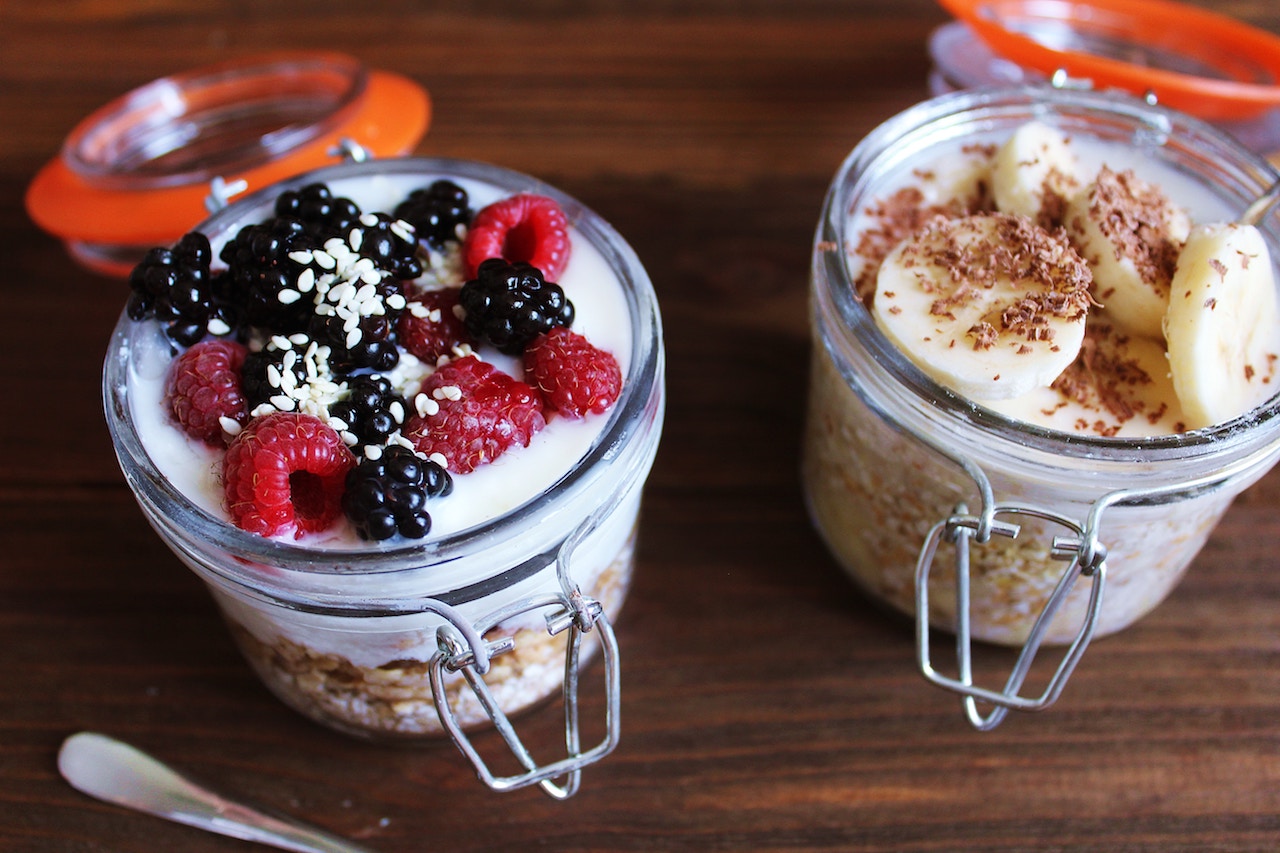

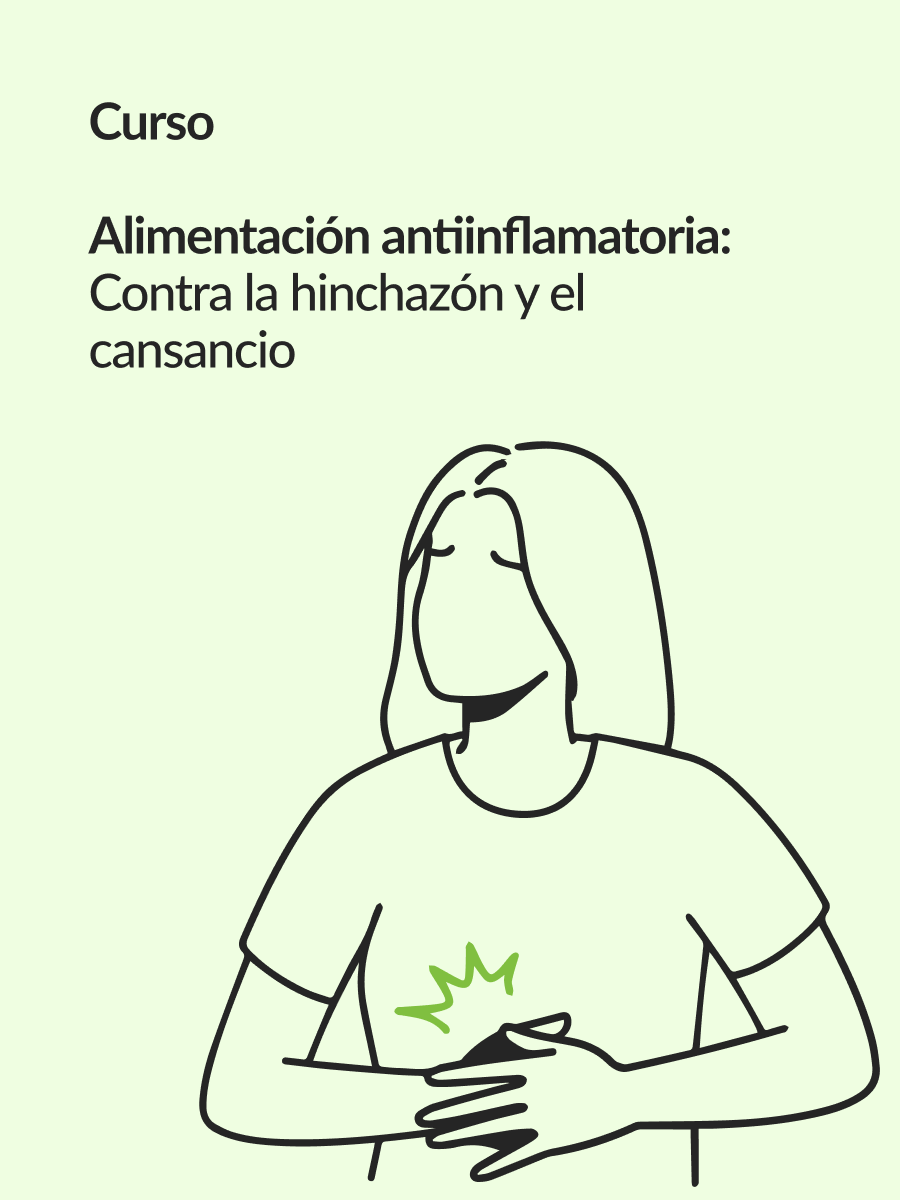
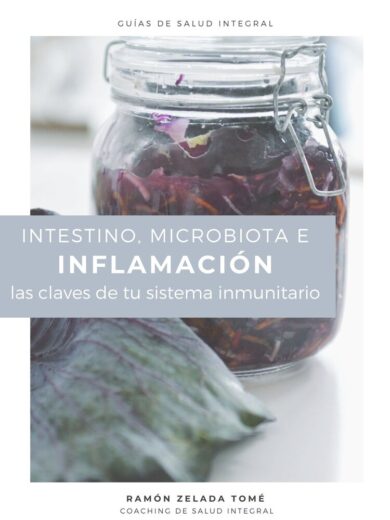


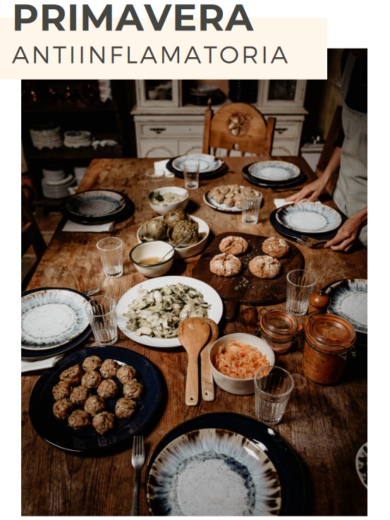
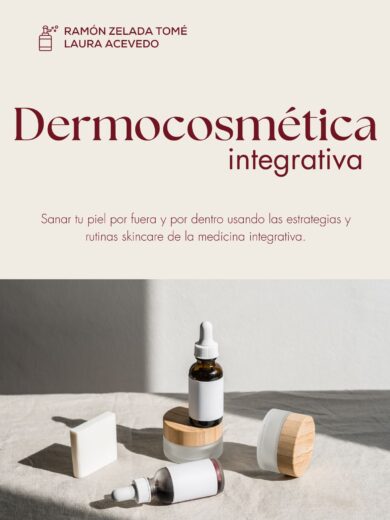
0 comentarios